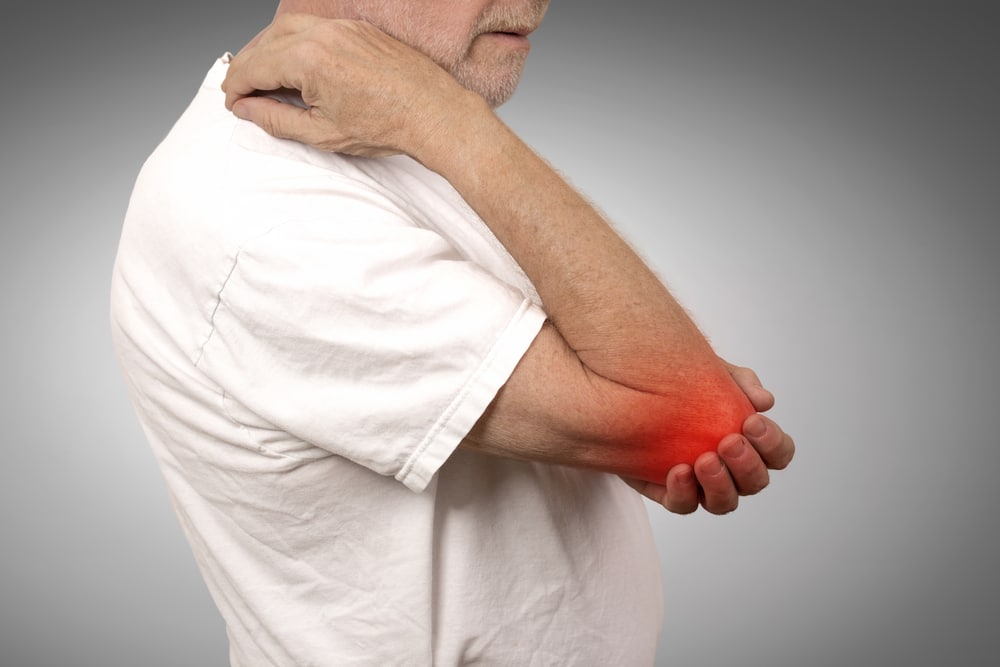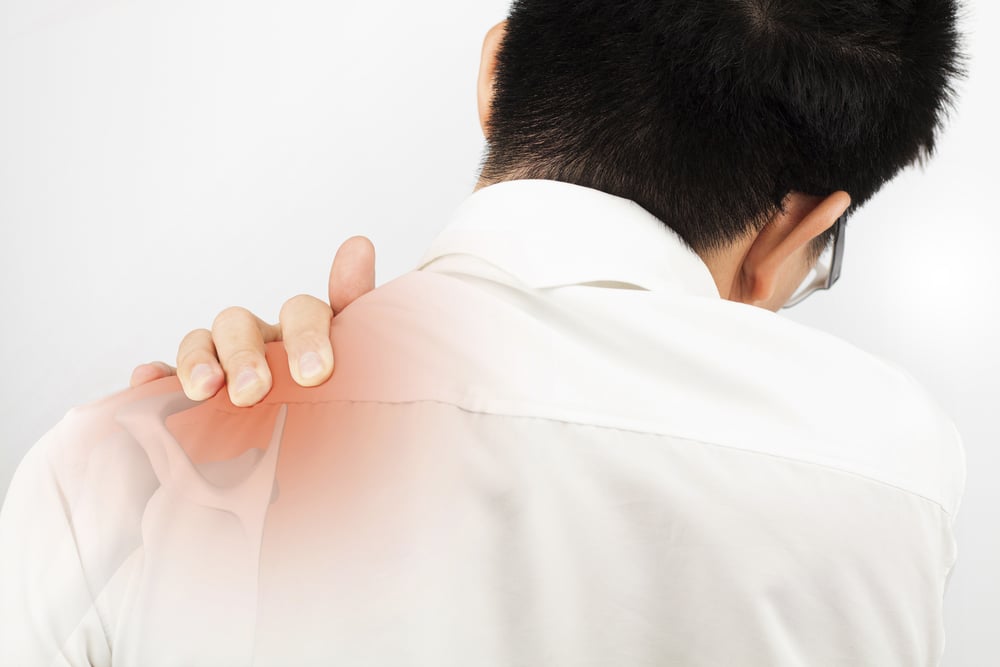
Understanding Rotator Cuff Strain
Rotator Cuff Strain
We take our shoulders and our free range of motion for granted until there is a problem. Whether because of age, bad posture, or overuse, suffering from an acute or chronic rotator cuff strain or injury makes simple daily tasks nearly impossible and even sleep can be disrupted until a solution or treatment is found. It’s estimated that over 2 million people per year seek treatment for problems associated with their rotator cuffs.
Our rotator cuffs are made up of a group of muscles and tendons that hold the upper arm bone (or humerus) in the socket allowing us to raise and rotate our arms. People that participate in jobs or sports that require a lot of overhead movement are far more susceptible to rotator cuff strain, as are people suffering from arthritis and inflammation problems.
What Are the Symptoms?
Starting as a dull ache and progressing to sharp pain, rotator cuff strains limit full movement in the shoulder causing pain and weakness that may get progressively worse if not proactively addressed. Left undiagnosed and untreated, these symptoms can impact daily activities and may make sleep much more difficult, as well as routine self-care such as dressing, combing or brushing hair, and bathing or showering.
What Are the Causes?
Often rotator cuff strain happens when someone repeatedly performs the same task, such as through work (carpenter, house painter) or sports (tennis, softball or weightlifting). It can also be the result of an acute tear from lifting something heavy or a bike or car accident. And age can certainly play a role as muscles tend to weaken and arthritis appears. Some causes include:
- Tear of the muscles or tendons that make up the rotator cuff
- Overuse accompanied by:
- Tendinitis – inflammation of a tendon that often affects joint areas subject to overuse and injury
- Bursitis – painful irritation of the bursae, the small fluid-filled sacks that cushion joints
- Impingement Syndrome that occurs when tendons in the shoulder and rotator cuff rub against the shoulder blade causing inflammation and weakening
- Arthritis or bone spurs in the shoulder joint
Do At-Home Tests for Rotator Cuff Strain Work?
There are three tests that can be tried at home to self-diagnose shoulder injuries and rotator cuff strains. The problem is that if done improperly you run the risk of causing additional damage or injury to the joint. Proper diagnosis by health professionals may be the most prudent course of action.
Treatment for Rotator Cuff Strain Including Chiropractic Care
There are some initial things to try at home if suffering from moderate discomfort: 1) heat and cold intermittently, 2) NSAIDS anti-inflammatories, and 3) resting the joint until pain subsides. If there is no improvement, chiropractic care is the best non-surgical alternative therapy and if further medical evaluation, injections, or surgery is necessary, additional referral in the Mill Creek area can happen upon determination.
Conservatively, effective chiropractic care to fully restore movement and functioning would include:
- Heat and ice treatments
- Shoulder adjustments
- Upper cervical adjustments
- Massage
- Exercise to restore proper function and mobility
At Amazing Life Chiropractic and Wellness, we approach our patients’ care in a holistic way reviewing lifestyle and wellness goals and tailoring our care to improve a person’s whole life, including nutrition and exercise, as well as using proper body mechanics to avoid further aggravation or injury.
Learn more about rotator cuff strain and chiropractic care at Amazing Life Chiropractic and Wellness in Mill Creek, Washington. Our goal is to support your healthy lifestyle!





